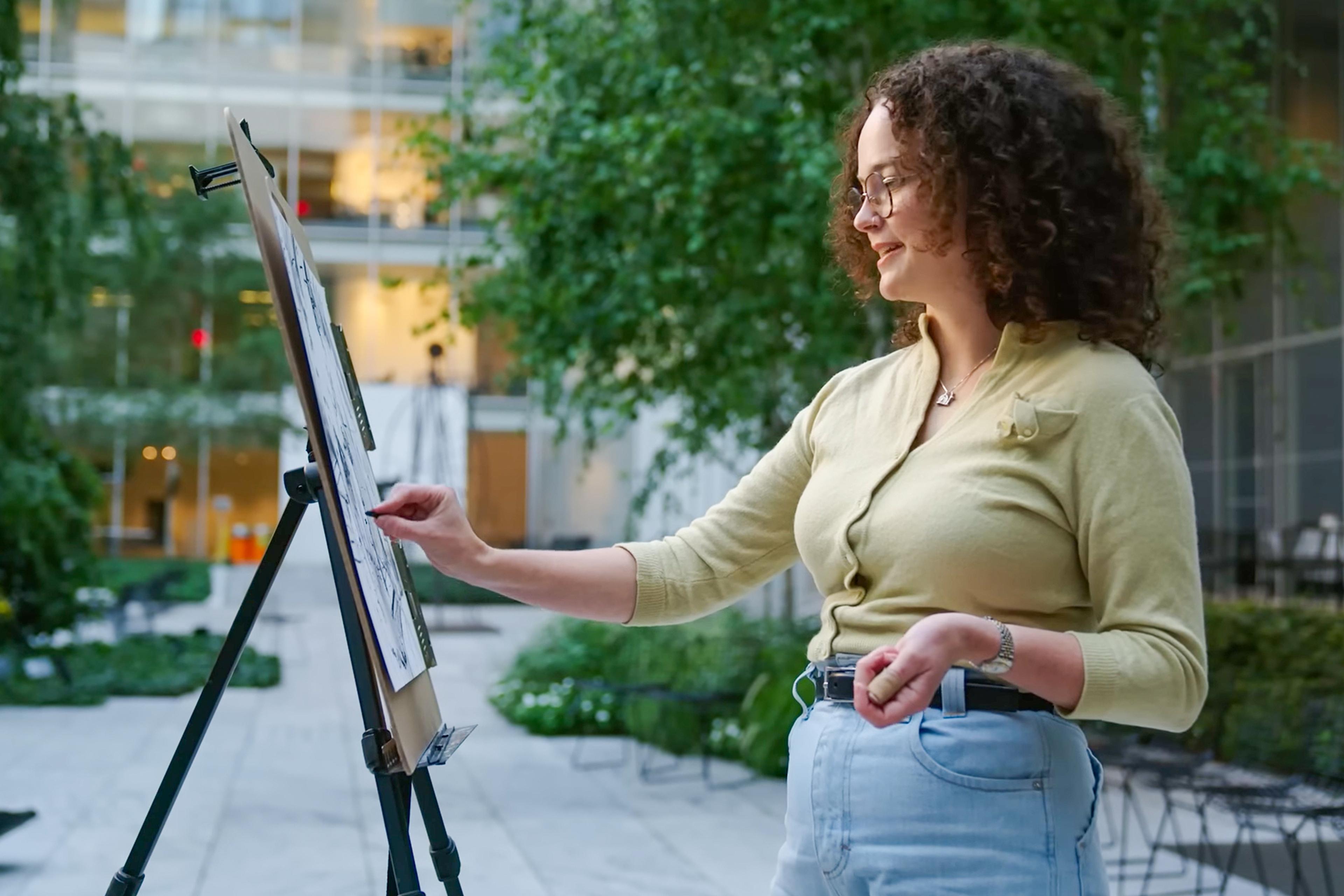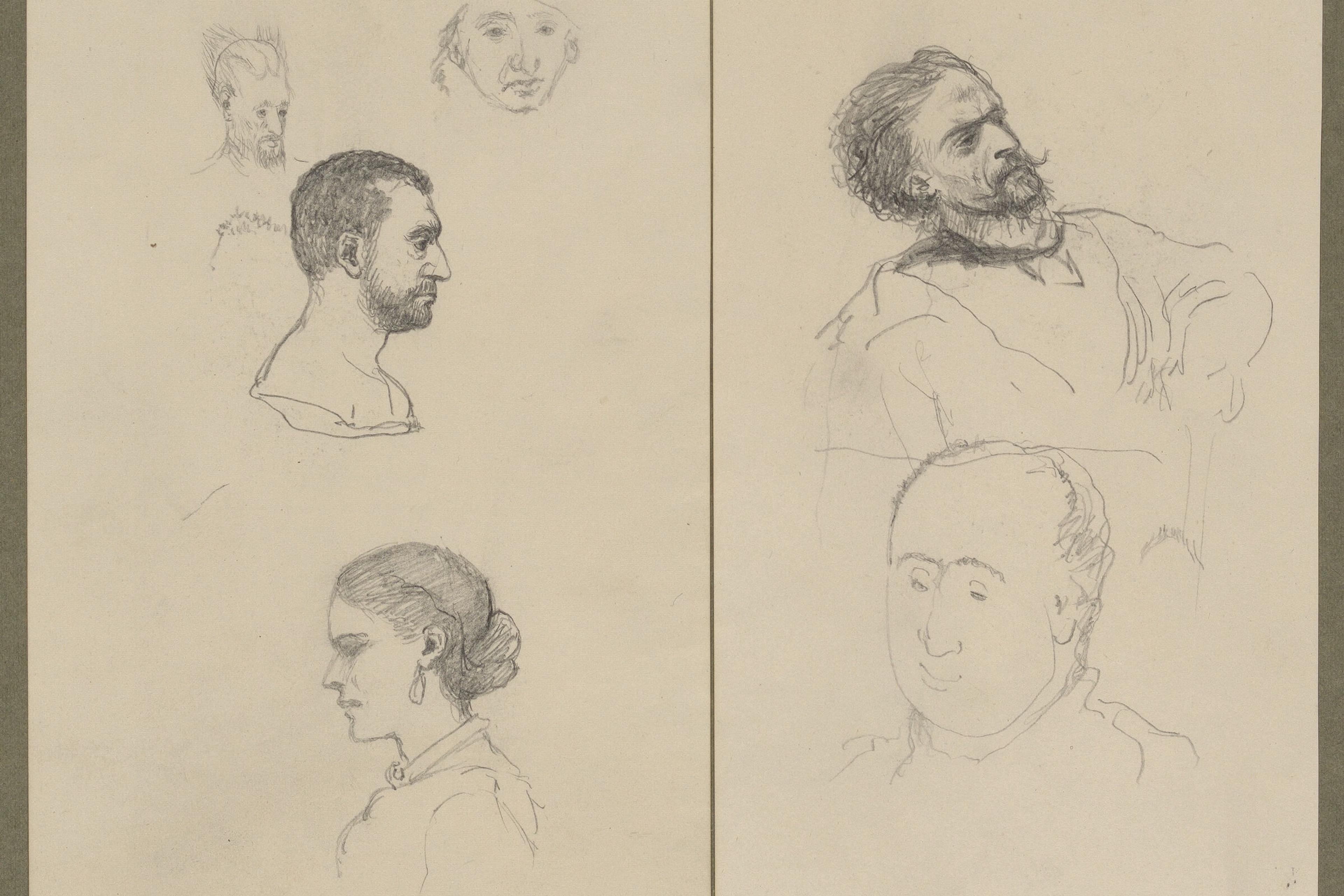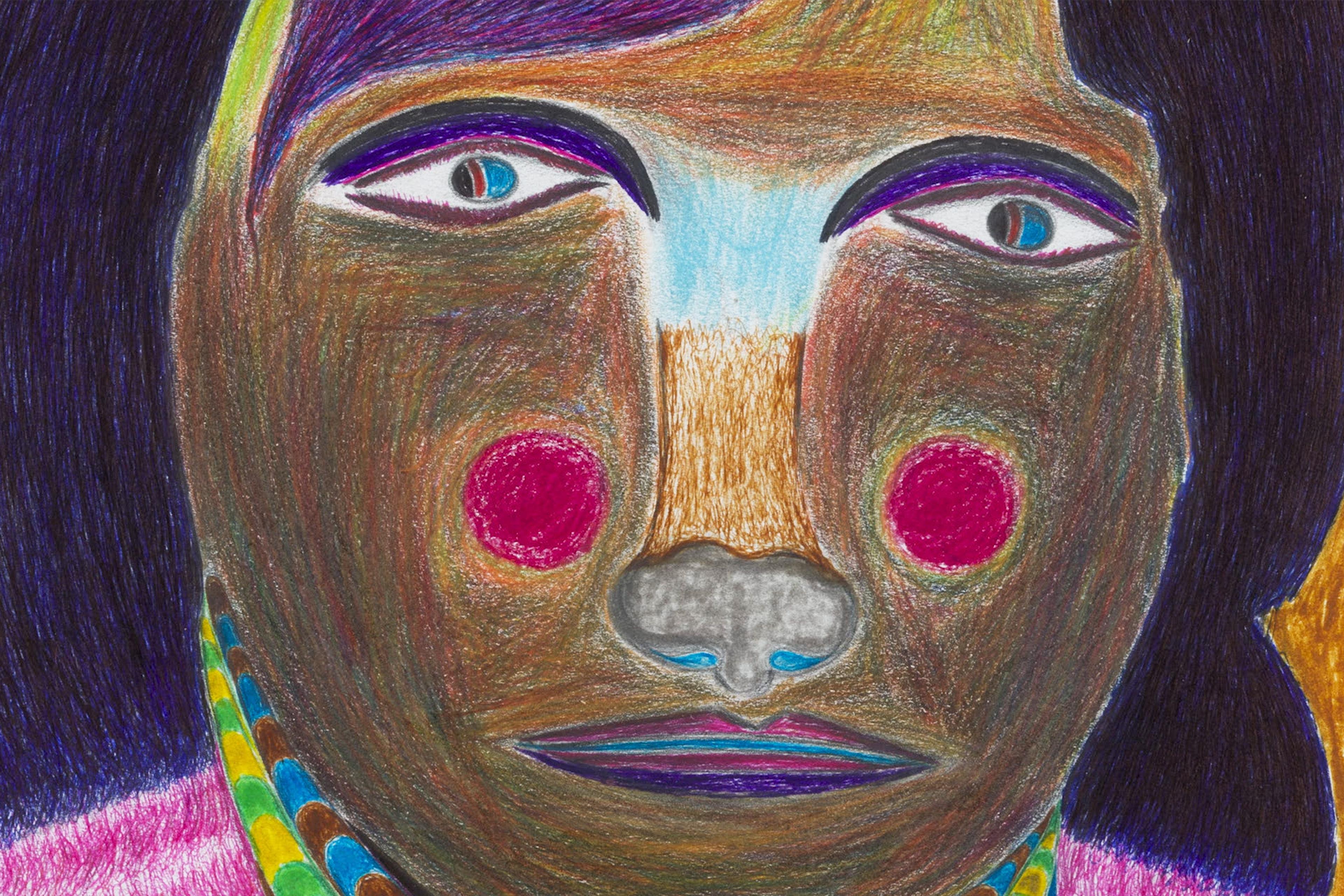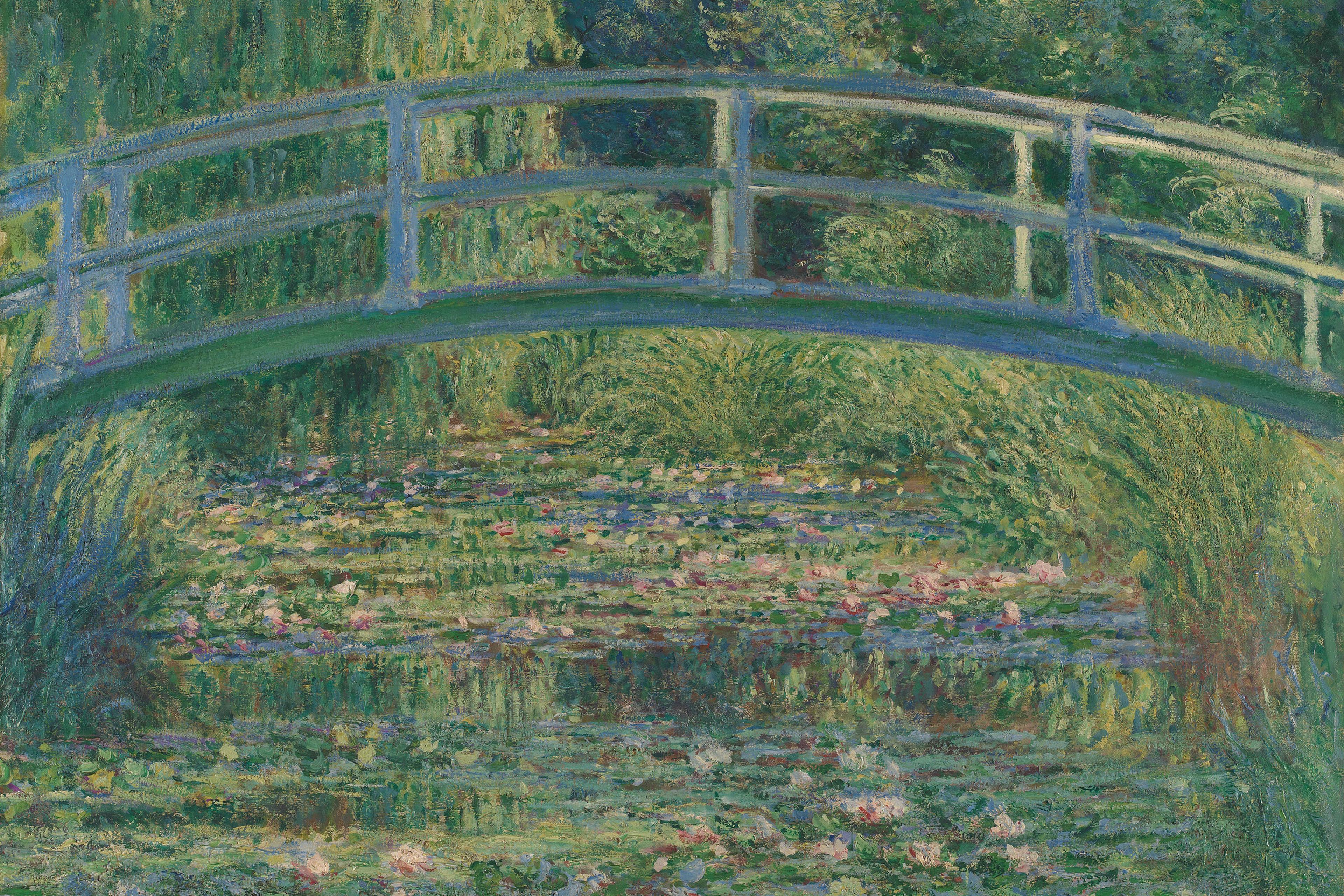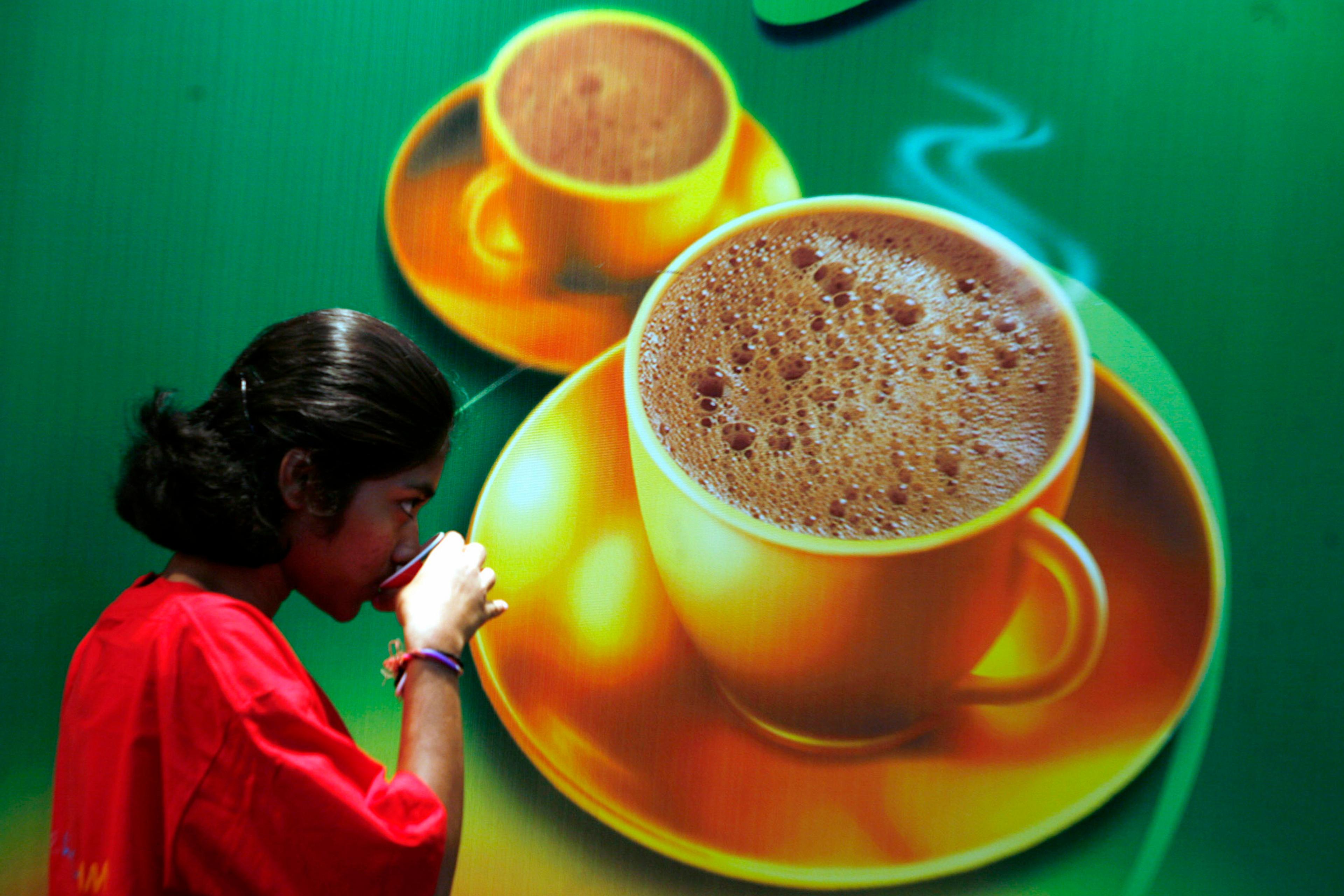A strange thing happens when you put a person behind a counter or in a uniform. These props or costumes can make the person disappear, flattening them into a certain role that they play in a given situation – as shop assistant, nurse, waiter, judge. Often, we encounter people only in a single role, so it can be easy to miss the other facets that make them whole.
We first meet Yves Deshommes behind the counter in the lobby of a Manhattan apartment building. The symmetrical framing of the opening shot is reminiscent of Wes Anderson’s film The Grand Budapest Hotel (2014), about the consummate concierge. But move beyond this stylised framing, and the expansive varieties of Deshommes are soon revealed. He uses his time at the desk to practise his music, pulling out a violin to work on J S Bach’s Partita in D Minor to the delight of the residents, one of whom sings along to the familiar tune. What could be seen as a small act of rebellion against the conventions of his working role is the first clue to Deshommes’s life beyond his job.
In Yves & Variation (2019), the US filmmaker Lydia Cornett takes the man behind the counter and reveals his rich multitudes: a concierge, a musician, an art curator, a father, a polyglot and a man working tirelessly to improve the lives of people in his home country of Haiti. Through each change in scene and setting, a complex, holistic portrait emerges. In the lead-up to the 10th-anniversary Harlem Fine Arts Show, we watch as Deshommes negotiates with artists – including a trip to Haiti to secure a prized Haitian painting – to convince them to include their works in the exhibition. The funds raised will go towards helping to build a school and other community facilities in the remote village of Bas-Citronniers in the Léogâne coastal area, which was hit particularly hard by the devastating 2010 earthquake.
In classical music, there’s a theme that runs through a composition – a recurring motif at the heart of the piece. In variations, the composer takes this theme and plays with it, transforming it into fractal versions of itself, before distilling it back to its original form, which we hear in a new way that somehow holds all those variations within it. For Deshommes, this theme – captured in the striking image of the violinist in the lobby – is a joyful and passionate dedication to bringing art into everyday life. From a music lesson with his daughters to his own playing and his charitable work, Deshommes uses art to help the communities he’s a part of.
Just as music takes daily practice, effective philanthropy can’t be a one-time gesture, but, rather, requires a sustained, ongoing commitment. We see this sustained commitment to art and altruism as the film follows Deshommes from the lobby to his home to the art exhibition and all the way to Haiti, to see his work through. The film then resolves with a reprise at his desk, showing how, no matter what role we inhabit in a moment, our other facets are still with us.
Written by Freya Howarth

